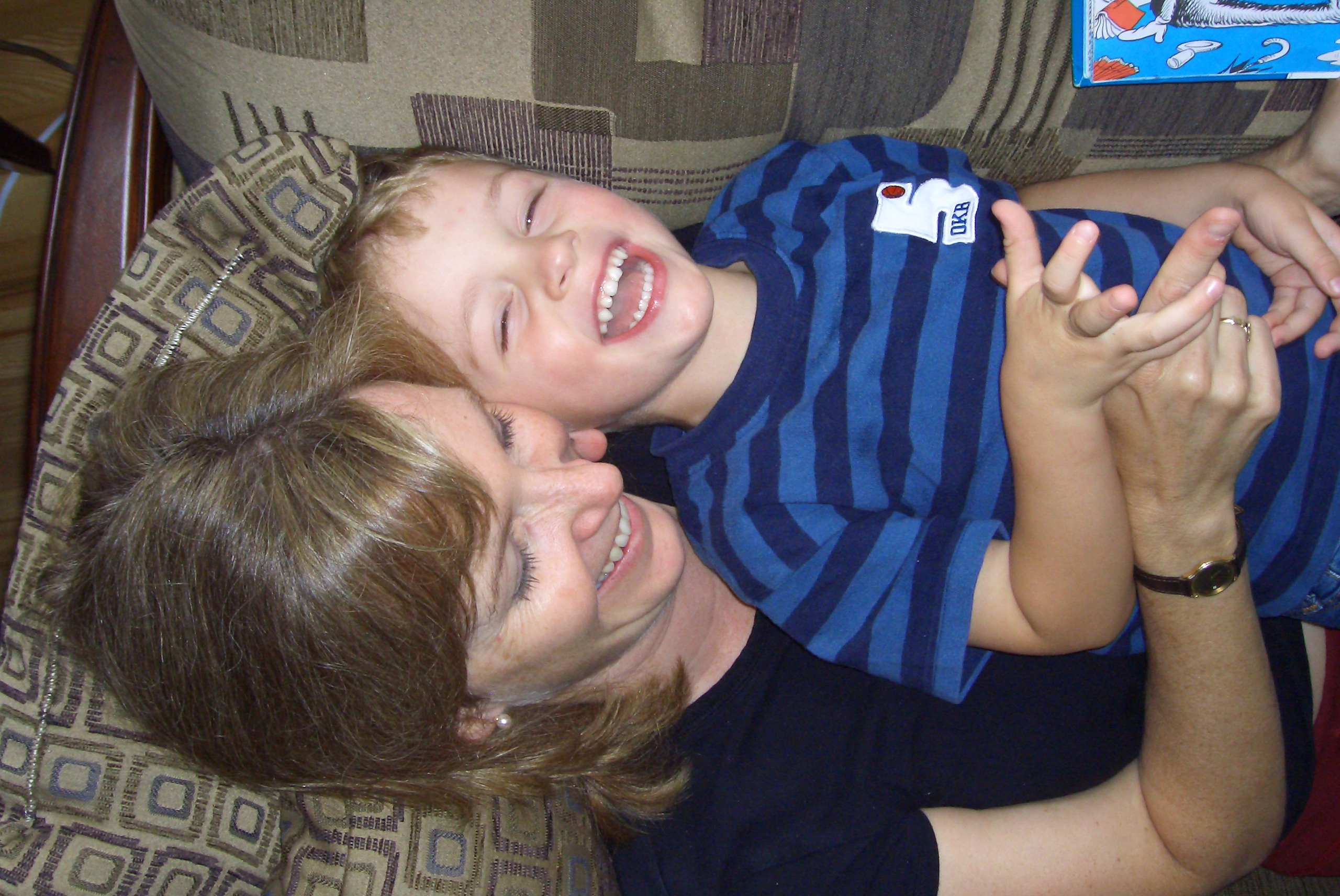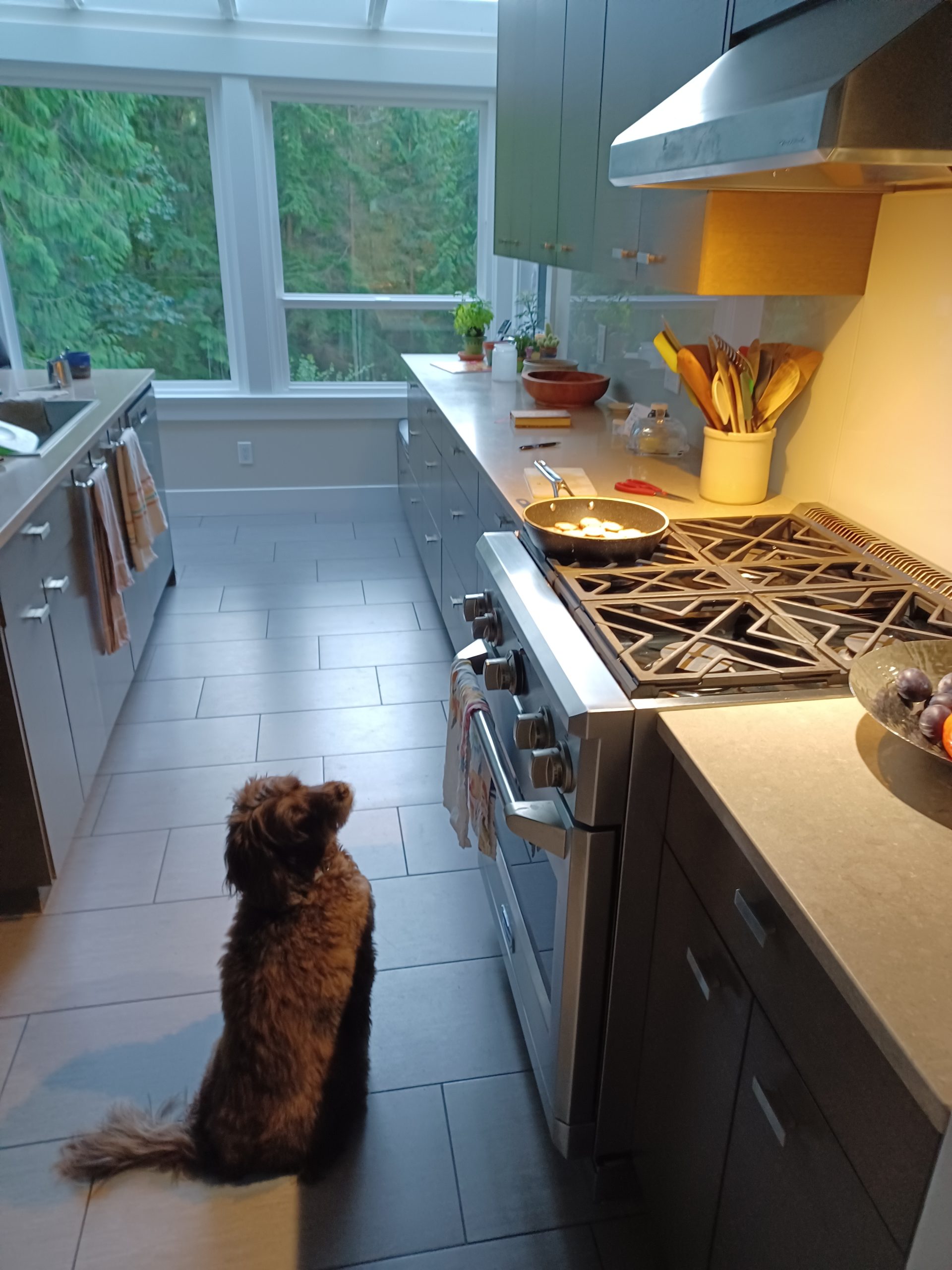 Twenty years, at least, is the length of time this part of Massachusetts has been on my radar. A bucket list item. The trouble with bucket lists is that with anticipation like that, it’s hard to separate out expectations. It’s not that Boston and Cape Cod are “less than” or “more than” I expected. Just different. Now that I’ve been there, I wonder what it would have been like twenty-five years ago.
Twenty years, at least, is the length of time this part of Massachusetts has been on my radar. A bucket list item. The trouble with bucket lists is that with anticipation like that, it’s hard to separate out expectations. It’s not that Boston and Cape Cod are “less than” or “more than” I expected. Just different. Now that I’ve been there, I wonder what it would have been like twenty-five years ago.
 Cape Cod was more different than I thought. The image of Cape Cod in my mind comes from magazines and movies. Magazines like “Gourmet”, “Bon Appetit”, and Martha Stewart’s “Living”. That part of Cape Cod certainly exists. Places like Hyannis port are like [insert name of ritziest waterfront neighborhood you know] and places like Truro, where we stayed, are like [insert name of nice upper middle class neighborhood you know]. Graying cedar shingle shake homes with white trim nestled prettily in lush greenery…ubiquitous. Sprawling waterfront mansions on great swaths of white sand beaches predominate certain neighborhoods. Private beaches, private tennis courts, private yacht clubs. It is a comfortable place and the people in it are comfortable…there’s no homelessness, no poverty, no infrastructure aimed at hardship. This is a vacation place. Not one ramshackle looking house anywhere.
Cape Cod was more different than I thought. The image of Cape Cod in my mind comes from magazines and movies. Magazines like “Gourmet”, “Bon Appetit”, and Martha Stewart’s “Living”. That part of Cape Cod certainly exists. Places like Hyannis port are like [insert name of ritziest waterfront neighborhood you know] and places like Truro, where we stayed, are like [insert name of nice upper middle class neighborhood you know]. Graying cedar shingle shake homes with white trim nestled prettily in lush greenery…ubiquitous. Sprawling waterfront mansions on great swaths of white sand beaches predominate certain neighborhoods. Private beaches, private tennis courts, private yacht clubs. It is a comfortable place and the people in it are comfortable…there’s no homelessness, no poverty, no infrastructure aimed at hardship. This is a vacation place. Not one ramshackle looking house anywhere.
JFK’s family had been vacationing in their Hyannis port home since 1928. When he was president in the early 60’s, he created a national park out of most of the remaining seashore and halted all development. At least this is what we were told, and judging from the development, it seems true enough. In Cape Cod, homeowners appear to own their beaches. So where mansions predominate, there are signs posted conspicuously “private beach. keep off”. This was kind of shocking to me. So many parts that are off-limits. Even the richest person in my part of the world can’t own their own beach below the high tide line. So it made sense to me that Kennedy did this, otherwise, there’d be no beach left at Cape Cod to go visit. As it is, there are many, many parts of the coastline to explore along the scorpion-shaped tail of land and sand that is Cape Cod.
So that’s the second part of Cape Cod…undeveloped wilderness. Sand dunes, scrubby trees, hiking trails, nature preserves, state parks, and historic lighthouses. Really amazing beaches that any pictures don’t do justice to. White sand, bluffs, pounding surf. Pristine clean. There are wonderful bike trails. It’s possible to bike most of the length of Cape Cod on the “Rail Trail” which is a easy, flat bike and running path along a former rail line.
The third part of Cape Cod was kind of hilarious to me. I’m not quite sure what was meant by Kennedy “halting all development” but from what I saw, it’s like most of the commercial development was frozen in time. Perhaps it is protected as a heritage of some sort because most of it is still operational in an “authentically updated” sort of way.
One night we took our kids to a drive-in movie. Yes, really. It was proudly advertised “as it was in 1957”. 
 Another day my youngest wanted to go to mini golf. Again, signage “family operated since 1954” and looking like a freshly-painted version of what it must have looked like then. Cottage-type motels and cabins along the road with easily-identifiable 1950’s and 1940’s architecture. I can’t think of any other place in the world like this…preserved and protected, but operational, 1950’s and 60’s kitsch. Another night no one felt like cooking so we went and got burgers from a very busy restaurant take-out window.
Another day my youngest wanted to go to mini golf. Again, signage “family operated since 1954” and looking like a freshly-painted version of what it must have looked like then. Cottage-type motels and cabins along the road with easily-identifiable 1950’s and 1940’s architecture. I can’t think of any other place in the world like this…preserved and protected, but operational, 1950’s and 60’s kitsch. Another night no one felt like cooking so we went and got burgers from a very busy restaurant take-out window.
It’s like a part of Cape Cod is a living museum and those of us who go visit, can also partake of a lifestyle that may have existed fifty years ago. It’s like a vacation to another place, but in a way, also a vacation to another time. And I can’t help but think, if I’d come here twenty-five years ago, I think it would have looked quite a bit the same.
And after we partake of this 1950’s holiday spirit, we all go back to our tasteful and very well-appointed Martha Stewart vacation homes. What is it she says? It’s a good thing. Cape Cod is a good thing. And if it stays as it is, that’s a good thing too.




0 Comments